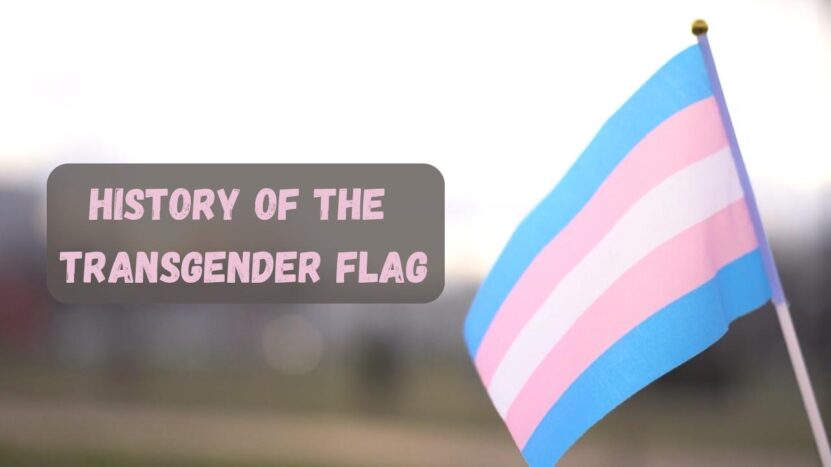The transgender flag, a powerful symbol of identity, pride, and community, has a rich and inspiring history. Its story is intertwined with the journey of its creator, Monica Helms, a transgender woman, activist, and Navy veteran, who designed the flag as a symbol of strength, resilience, and visibility for the transgender community.
This article will delve into the captivating story behind the transgender flag, exploring its origins, its creator’s journey, and the alternative designs that have emerged over the years, each carrying its own unique message of identity and acceptance.
Monica Helms’ creation of the transgender flag in 1999 was a significant milestone in the history of transgender visibility and advocacy. The flag’s design, with its alternating light blue and light pink stripes surrounding a single white stripe, was intended to represent the diversity and complexity of the transgender community.
The light blue and pink stripes symbolize traditional colors for boys and girls, respectively, while the white stripe in the middle represents those who are transitioning, non-binary, or consider themselves as having a neutral or undefined gender.
The Transgender Flag Was Created by Trans Woman Monica Helmes in 1999
The trans pride flag was designed by Monica Helms, an openly transgender American woman, in August 1999. It was first shown at a Phoenix, Arizona LGBT pride celebration the following year.
Every Aspect of The Design Is Carefully Chosen to Reflect Trans Identities
Helms describes the meaning of the transgender flag as follows:
“The stripes at the top and bottom are light blue, the traditional color for baby boys. The stripes next to them are pink, the traditional color for baby girls. The stripe in the middle is white, for those who are intersex, transitioning, or consider themselves to have a neutral or undefined gender. The pattern is such that no matter which way you fly it, it is always correct, signifying us finding correctness in our lives.”
The Very First Flag Now Lives at The Smithsonian
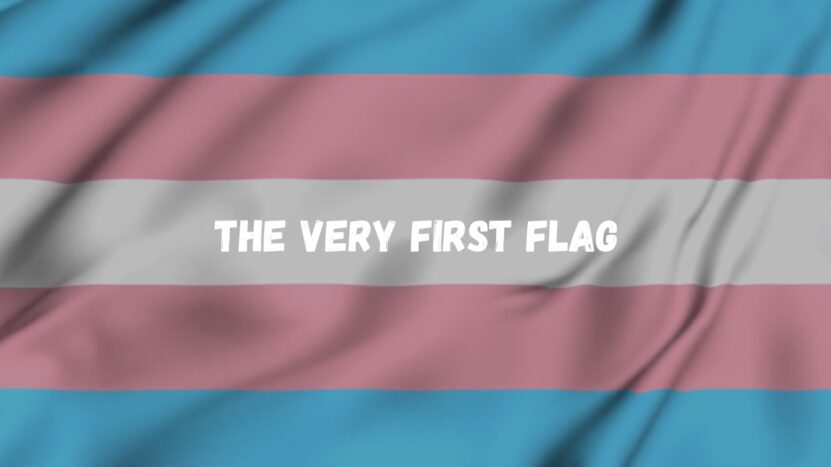
In August 2014, Helms donated the original transgender flag to the Smithsonian National Museum of American History in Washington, DC, as part of a special LGBT collection.
There Are Several Alternative Transgender Flag Designs
A design for an alternative transgender flag, created by Ottawa designer Michelle Lindsay, consists of two stripes: the top in magenta representing females and the bottom in blue representing males, overlapped by a transgender symbol in white. It was first used in the Ottawa area for the 2010 Transgender Day of Remembrance (TDoR) and has since been flown for TDoR events in the Ottawa-Gatineau region as well as during the Peterborough Pride Parade.
There’s also another design used primarily in Israel by the transgender and genderqueer community. Unlike the colors of the other designs, this flag is neon green and features the transgender symbol centered in black.
There Is a Flag Design for Genderqueer Trans Folks
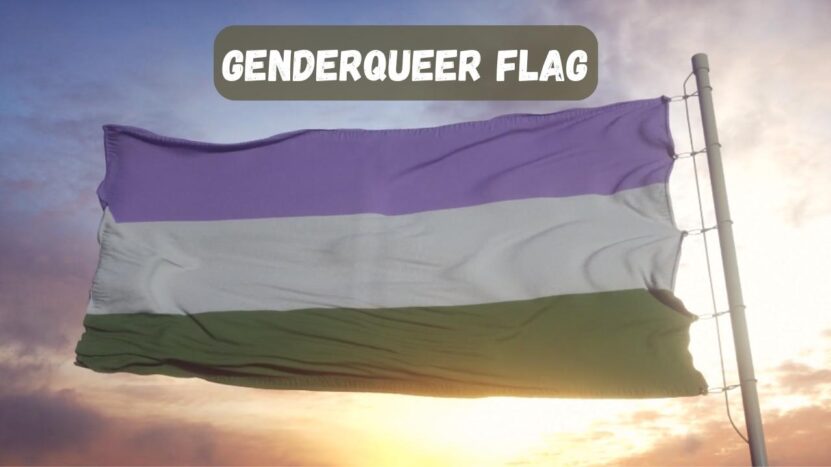
Designed by genderqueer writer and advocate Marilyn Roxie, the genderqueer flag consists of a lavender stripe on the top, as it is a mixture of blue and pink – the traditional colors associated with men and women – to represent androgyny. Lavender also represents the queer identity, as it has long been a color associated with the LGBT community.
In the center is a white stripe, meant to represent the agender or gender-neutral identity. Finally, there is the dark chartreuse green, as the inverse of lavender, it is used to represent third gender identities and all those who identify off the traditional gender spectrum.
The Symbolism of the Design
The design of the transgender flag is rich with symbolism. The alternating light blue and light pink stripes represent the traditional colors for boys and girls, respectively. The white stripe in the middle, however, holds a deeper meaning.
It represents those who are transitioning, non-binary, or consider themselves as having a neutral or undefined gender. Monica Helms once described the flag’s design as such that “no matter which way you fly it, it is always correct, signifying us finding correctness in our lives.”
The Flag’s Home in the Smithsonian
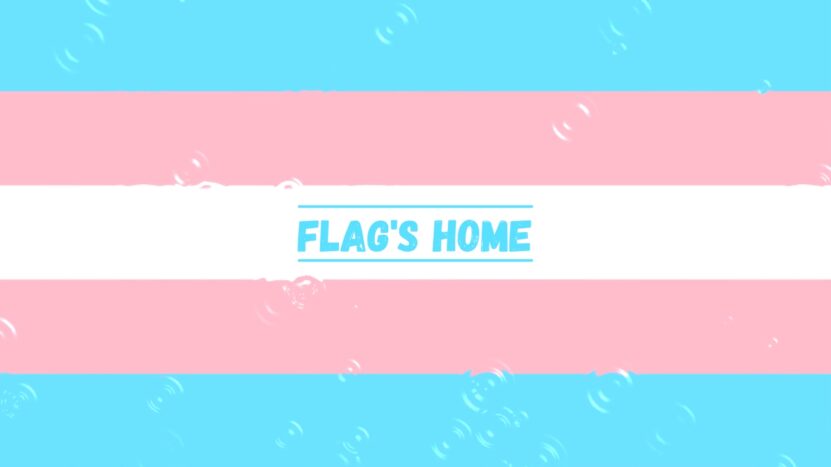
The original transgender flag, a symbol of a community’s journey towards acceptance and equality, now resides in the Smithsonian National Museum of American History in Washington, DC. In August 2014, Monica Helms donated the flag to the museum as part of a special LGBT collection, further cementing its place in history.
Alternative Transgender Flag Designs
While Monica Helms’ design is widely recognized, several alternative transgender flag designs have emerged over the years, each carrying its own unique message of identity and acceptance. One such design was created by Ottawa designer Michelle Lindsay.
Consisting of two stripes, magenta for females and blue for males, overlapped by a white transgender symbol, this flag was first used in the Ottawa area for the 2010 Transgender Day of Remembrance (TDoR).
Conclusion
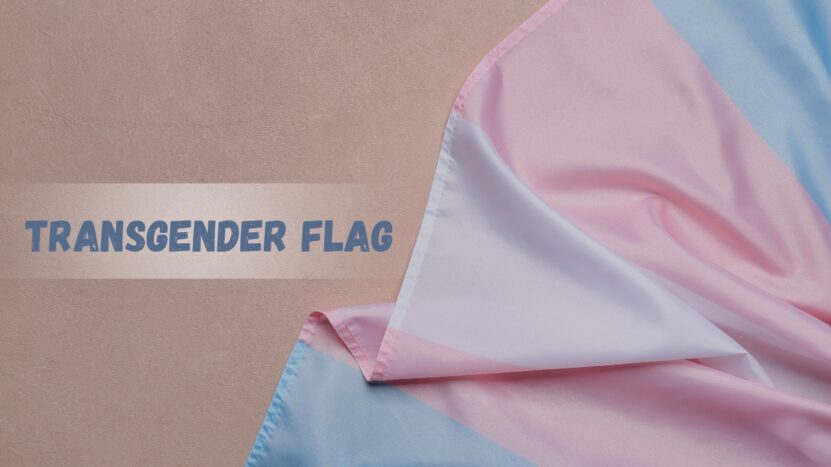
In conclusion, the transgender flag, created by Monica Helms in 1999, has become an iconic symbol of transgender identity, pride, and visibility. Its design, with light blue and pink stripes surrounding a white stripe, represents the diversity and complexity of transgender experiences. The flag’s inclusion in the Smithsonian National Museum of American History showcases its historical significance and contribution to the LGBTQ+ movement.
Additionally, alternative flag designs have emerged, reflecting the ever-evolving nature of gender identities and providing further representation within the transgender community. Ultimately, the transgender flag and its variations continue to inspire and empower transgender individuals, fostering a sense of unity, acceptance, and hope for a more inclusive future.
As we dive into the fascinating history of the transgender flag, we frequently encounter a handful of recurrent questions that top our list of frequently asked transition inquiries.

